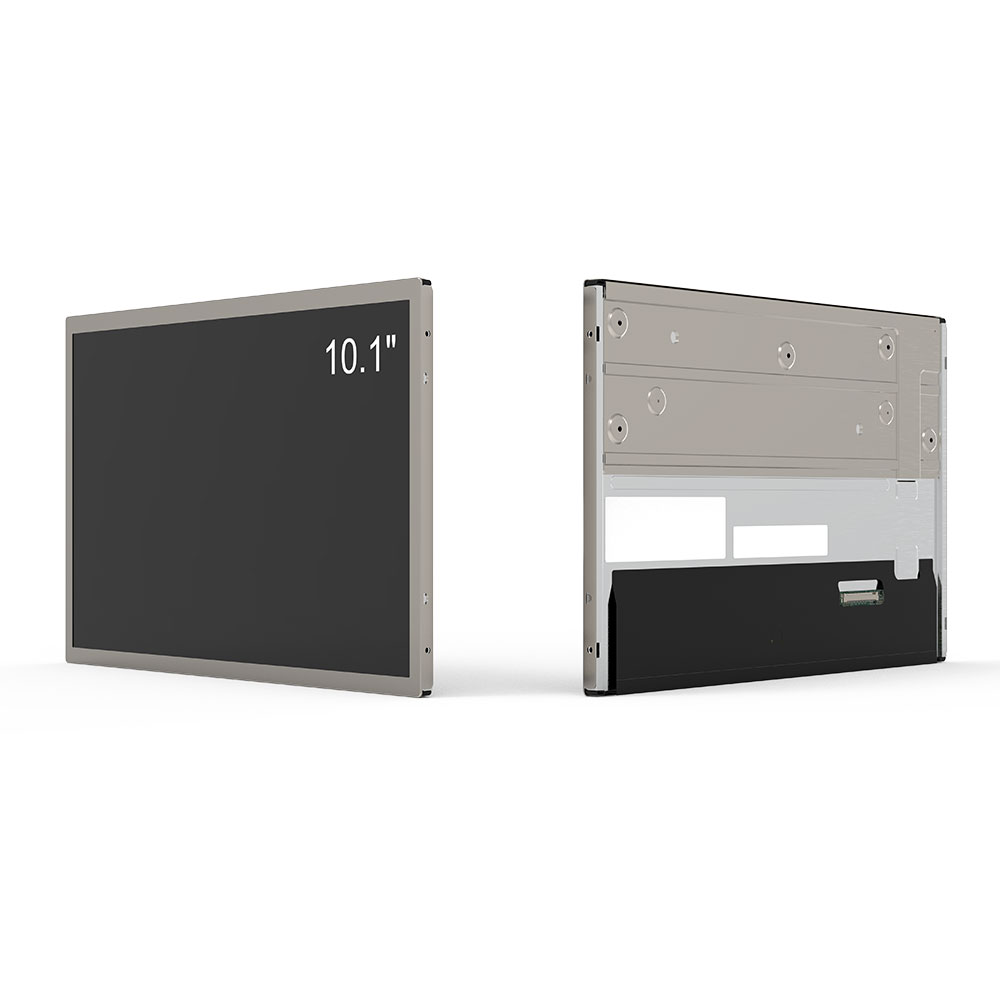When selecting an outdoor LCD screen for commercial, public, or industrial use, it's essential to prioritize both visibility under varying environmental conditions and long-term durability. Unlike indoor displays, outdoor screens face challenges such as direct sunlight, temperature extremes, humidity, dust, and potential physical impacts. Therefore, understanding key technical specifications and industry standards is critical to making an informed decision.
First, brightness is arguably the most crucial factor. Outdoor LCDs must typically exceed 5,000 nits of peak brightness to remain visible in direct sunlight—some high-end models reach up to 10,000 nits. For example, a study by the Society for Information Display (SID) found that displays below 3,000 nits become unreadable during midday sun at 45° elevation. Always verify the manufacturer’s brightness claims with real-world testing data rather than relying solely on marketing specs.

Second, IP rating matters significantly for weather resistance. Look for at least IP65, which ensures protection against dust ingress and water jets from any direction. In harsher environments like coastal areas or construction sites, IP67 or IP68 may be necessary to prevent corrosion and internal moisture damage. Case studies from LED display installations in Dubai and Singapore show that higher IP ratings reduce maintenance costs by up to 40% over five years.
Third, consider the viewing angle and contrast ratio. Wide viewing angles (≥170° horizontal and vertical) ensure consistent image quality from multiple positions—an essential feature for digital signage in busy urban spaces. A high contrast ratio (e.g., 4,000:1 or higher) enhances image clarity even when ambient light fluctuates. According to a 2023 report by Display Week, displays with poor contrast ratios lead to increased viewer fatigue and reduced engagement.
Fourth, thermal management is often overlooked but vital. Outdoor screens must operate reliably across -20°C to +60°C. Built-in cooling systems, such as passive heat sinks or active fans with dust filters, help maintain performance in extreme temperatures. Brands like LG and Samsung now integrate AI-based thermal control algorithms to dynamically adjust power consumption and fan speed—proven to extend lifespan by up to 25%.

Finally, ensure compliance with international safety and certification standards like CE, FCC, and RoHS. These certifications validate electrical safety, electromagnetic compatibility, and environmental friendliness. A lack of proper certification can result in legal issues or failed installations in regulated markets.
In summary, choosing the right outdoor LCD screen involves balancing brightness, environmental protection, visual performance, thermal resilience, and regulatory compliance. With the right approach, businesses can deploy reliable, high-impact displays that deliver value for 10+ years—even in the harshest climates.







